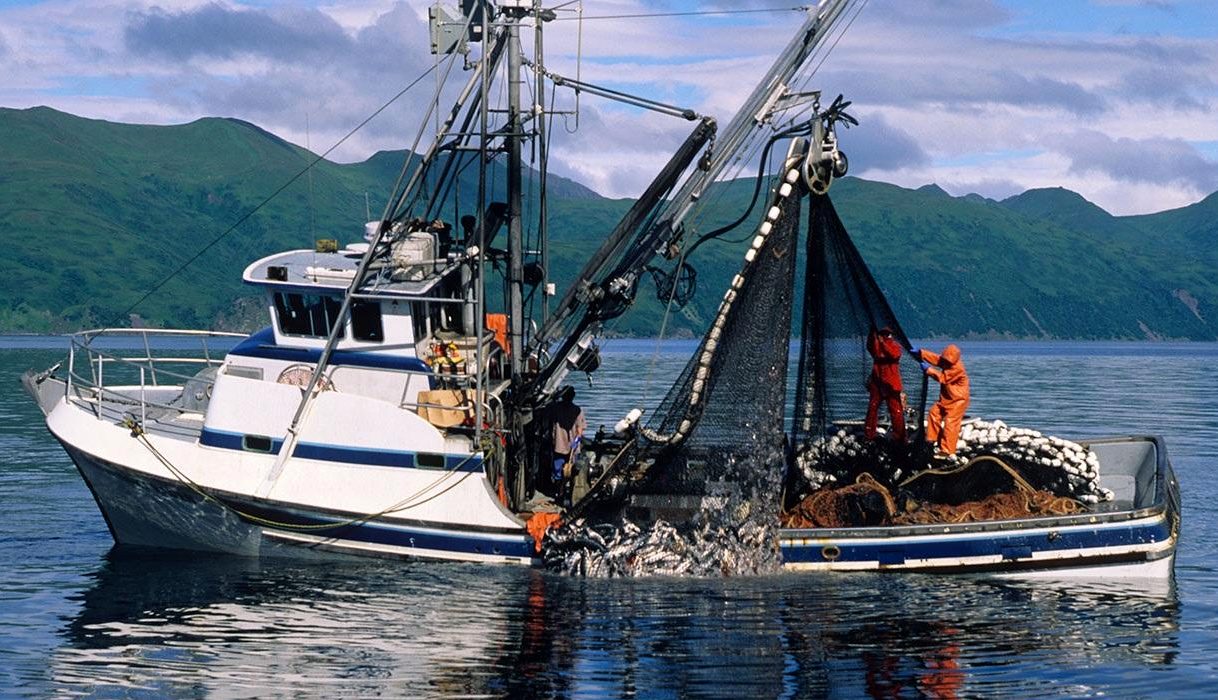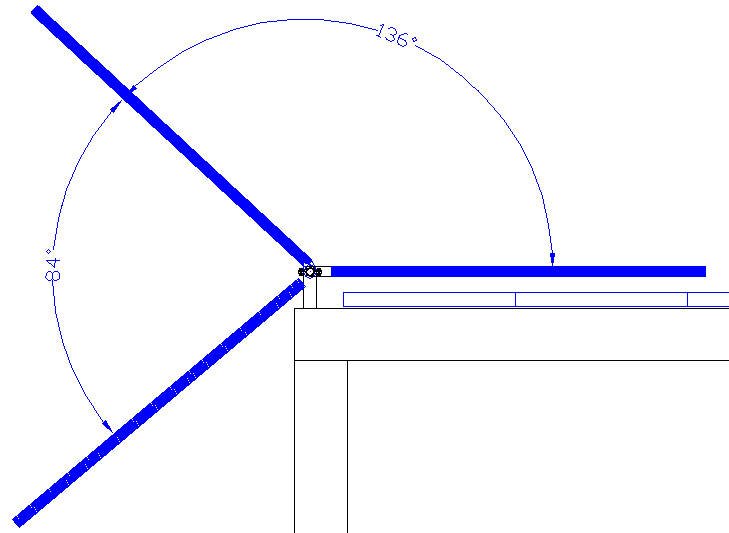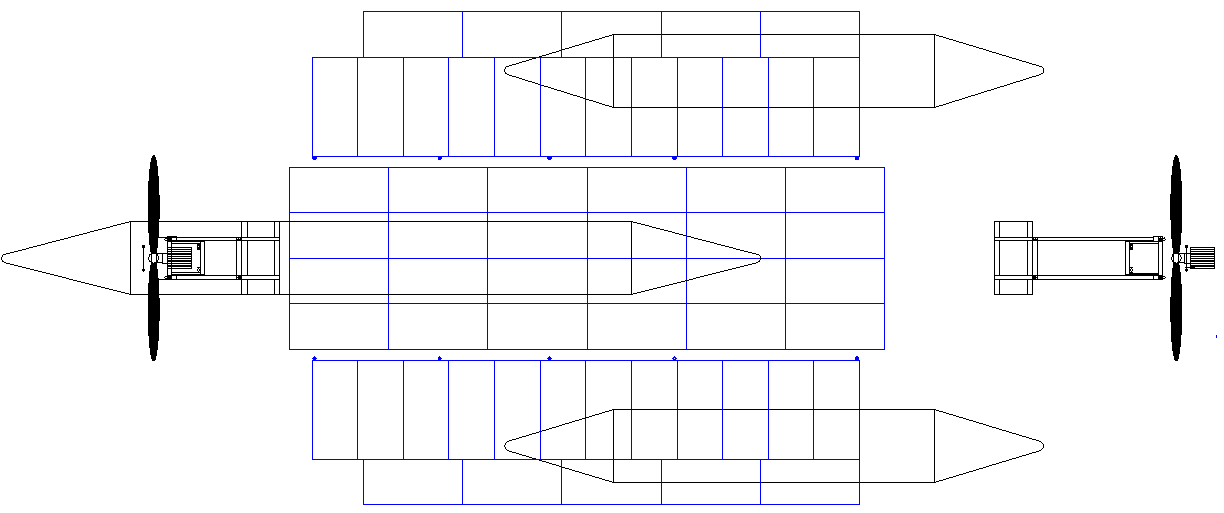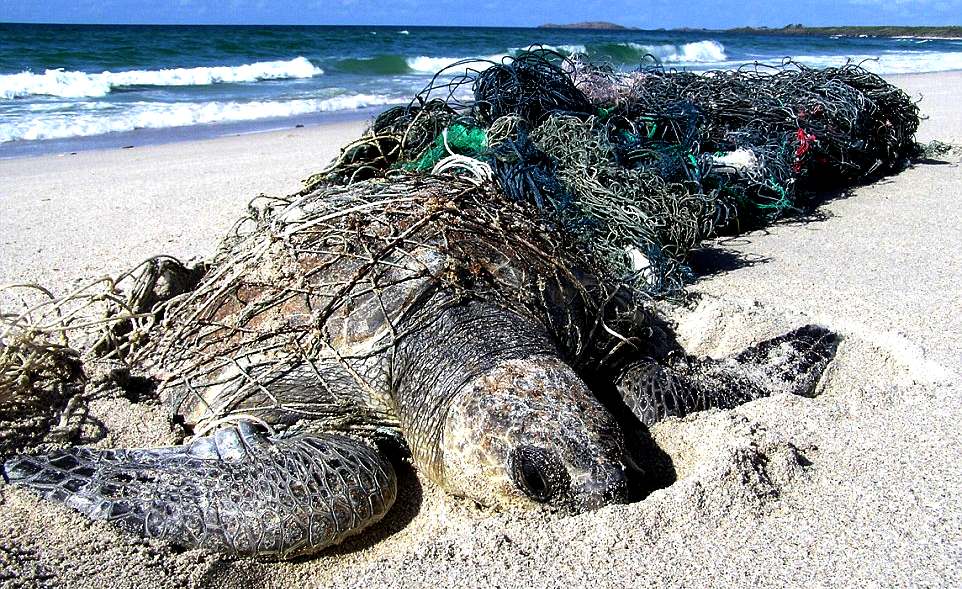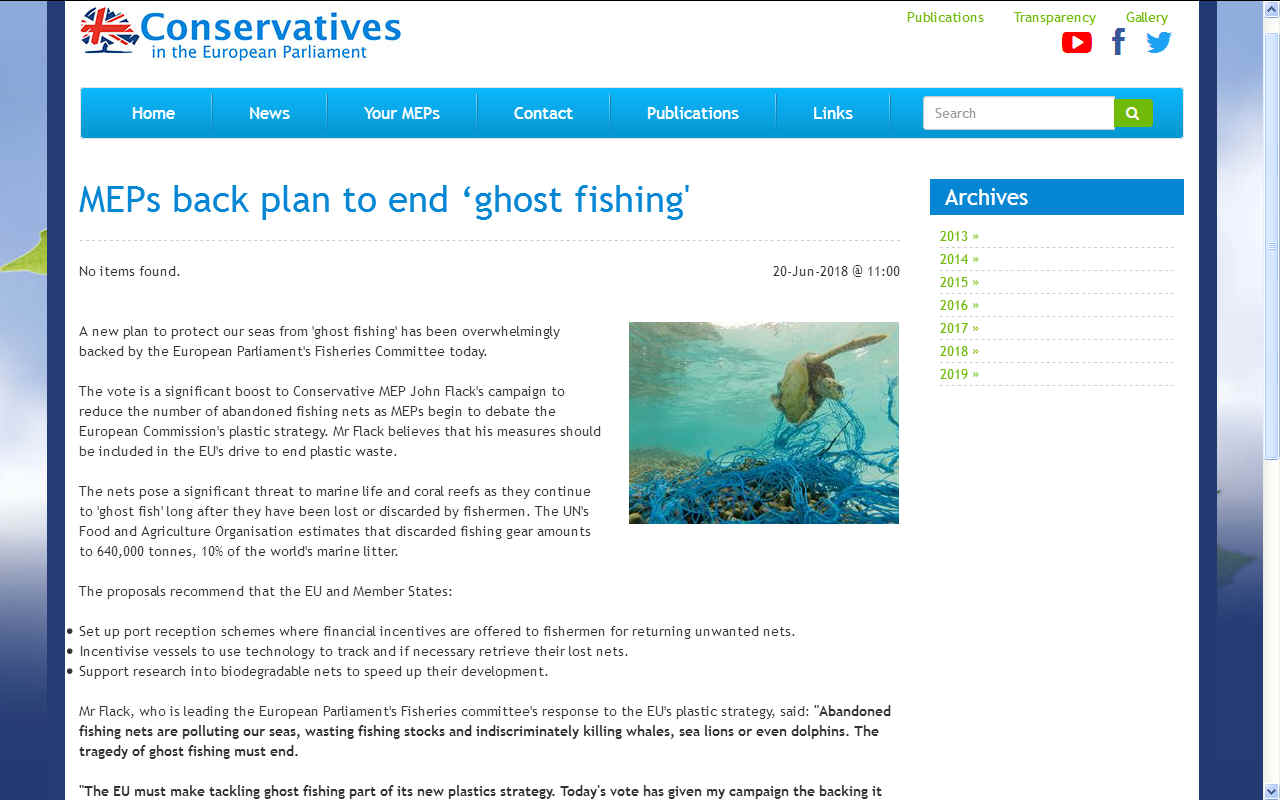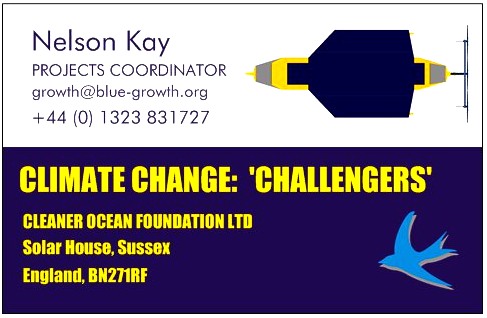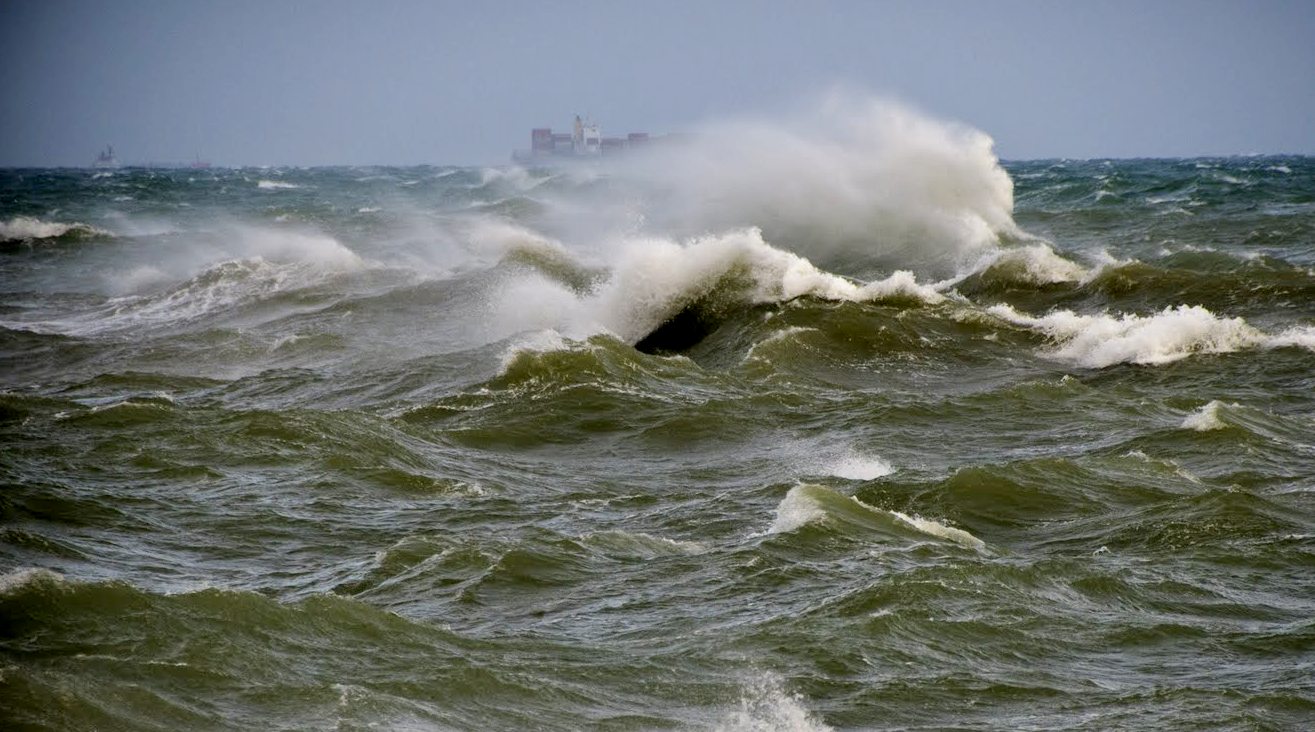|
CC Zero Carbon Fishing
Please use our A-Z INDEX to navigate this site where page links may lead to other sites
|
||||||||||||||||||||||||||||||||
|
TRADITIONAL FISHING BOATS - According to a report published in January 2016, the average engine power of commercial fishing vessels is 701kW for the main engine and 55kW for the auxiliary engine [ICF International, 2009]. The average size of decked fishing vessels is 20GT (around 10–15m). Only a small fraction of vessels, 1% of the global fishing fleet, are larger than 100GT (or longer than 24m) (FAO, 2005, Fisheries and Aquaculture topics, Fishing vessels:
http://www.fao.org/fishery/topic/1616/en)
Globally, 88% of the installed main engines of commercial fishing vessels operate MSD, and 12% operate high speed diesel (HSD) engines [Trozzi, 2010]. Marine distillate oil (MDO, also called marine gas oil or MGO) is the most commonly used fuel for fishing boats and other MSD engines [ICF Consulting, 1999]. However, a small fraction of fishing boats use heavy fuel oil (HFO) [Trozzi, 2010].
Traditional fishing boats do not lend themselves to solar or wind assisted conversions. It requires a clean sheet of paper approach and a re-think of how to solve the problem of propulsion that is ultimately zero carbon, yet still provide an effective means of catching wild fish.
The SeaVax concept was designed to selectively fish for plastic to depths of 3 meters, but has long been seen as capable of modifications to fish for food deeper, and avoid rather than recycle marine plastic. If shipping is to comply with the IMO directives for 2030, 2040, 2050 and 2100, demanding incremental increases year on year until 100% of the international fleet is zero carbon for 2100, we must start looking at other ways of harvesting fish to feed the world to prevent global warming getting any worse.
The above chart is where to start looking at fishing using more efficient species selective filter technology, in the process doing away with nets.
WHAT IS IT ?
It's a triple hull workboat that is zero carbon, propelled only by the sun and the wind, following on from the development of a land based rig in 2019 that showed us what might be possible with relatively little in terms of R&D investment.
ECONOMICS
Operating a zero carbon fishing boat that uses no nets in the catching process, opens up a whole new era of sustainable opportunities in terms of the United Nations development goal: SDG14.
Nets are costly items that choke the ocean when discarded irresponsibly. The possibility of modifying a SeaVax head to allow for variable depth trawl of selected fish species holds the potential to alleviate ghost nets to some extent, though fishing with regular nets would also be a feature of the design.
A BIGGER PROBLEM - According to a report jointly produced by FAO and UNEP, fishing nets - also referred to as “ghost nets"- abandoned at sea remain in the marine ecosystem for hundreds of years, and can result in the accidental capture of dolphins, turtles and other marine animals, which can die trapped in the mesh. Known as ghost fishing nets, experts have estimated that there are roughly 640 000 tonnes of these nets currently in our ocean, accounting for 10 percent of the total plastic waste in the sea.
THE
PROJECT
The hull of the vessel will be of
welded construction in 5083 alloy, in three sections as sub-assemblies in a
trimaran fashion, or stabilised mono-hull design along similar principles to the
Cable & Wireless Adventurer (Nigel Irens), in that
slender hulls reduce wave drag, hence propulsive power. Such slender hulls would roll unacceptably without
either a trimaran or catamaran configuration to provide comfort for the operators.
ANGULAR MOVEMENT - The picture shows the angle of rotation of the moveable wind turbines on a collapsible (space frame) mast that is raised and lowered using hydraulic rams. The wind turbines work with the solar panels using computers and sensors to maximize the collection of energy from nature. Design copyright © 21-09-19 Cleaner Ocean Foundation Ltd, all rights reserved.
Part of the project is mechanical design. In particular the stressing of such a super-structure above hull height to keep structural mass low, hence the center of roll. The superstructure is designed to provide a frame with bearing points well above the waves, to allow for a degree of movement necessary for the solar arrays to be able to track the sun and for the wind turbines to be free to move away and high above the solar arrays for best turbine performance, Stressing of the moveable mast is included in this project to be able to reach far above the deck is normal operation, so that the turbine blades are operating in undisturbed air.
PLAN VIEW - This drawing shows 58 solar panels and 2 wind turbines to provide 16.7kW of generating power peak allied to a substantial battery bank. This specification can be upgraded. Please note that these drawings are Design Copyright © September 8 2019, and the hull configuration and energy harvesting system are patent protected.
INNOVATIVE ASPECTS OF THE PROJECT ?
ANGULAR MOVEMENT - The picture shows the angle of rotation of the moveable solar arrays. Design copyright © 21-09-19 Cleaner Ocean Foundation Ltd, all rights reserved.
ARRAYS FOLDED - The picture is an example of how the solar arrays fold over each other when stowed, seen in end elevation. See the plan view diagram below. Design copyright © 27-04-19 Cleaner Ocean Foundation Ltd, all rights reserved.
ARRAYS OPEN - This diagram shows the solar arrays in blue - open in plan view (from above) such that they present flat on to an overhead sun. Note no shading of the solar panels by the wind turbines when overhead, and that the turbines can be lowered and furled to prevent shading at different course headings. Design copyright © 29-04-19 Cleaner Ocean Foundation Ltd.
Experimentation, including the incorporation of new ideas in combination is needed to push forward the boundaries of
human knowledge. By incorporating the separate elements that are known to function to some degree individually, we may identify the successful elements of the design, to be set down as a test bed for further improvements.
A
bonus is that with selective fishing, bycatch is reduced and with the
possibility of eliminating or reducing the need for plastic nets, that ghost
nets might be significantly reduced.
VAWT - Vertical Axis Wind Turbines are the subject of investigation, with a new design that could bridge the gap between horizontal axis turbines in terms of power to weight ratio. Any advantage in terms of wind conversion is amplified by the ability to raise the blades higher into the air stream to escape the boundary layer at deck level. The front turbine is raised, the rear is lowered. They can also be furled.
VAWT - Vertical Axis Wind Turbines on the MulitiVax are seen here with the boat sailing towards us.
VAWT - Vertical Axis Wind Turbines are seen here at the midpoint between fully raised and fully lowered. They can be put in neutral to stop rotation.
ENERGY SECURITY - Such development could free us from the oil based economy currently fueling global warming, amid uncertainties of supply following the attack on Saudi Aramco. Drones bombed the Abqaiq facility in Saudi Arabia and the Khurais oil field, operated by the state-owned Saudi Aramco on the 14th of September 2019. The plants produce nearly 6% of the world's oil, and half of Saudi's oil, with the attack cutting output by 5.7 million barrels a day. Energy stability holds the potential to quell many conflicts, as does food security. Solar assisted electric cars and solar powered shipping could help to reverse climate change and foster amicable international relations.
HOW MUCH WILL THE PROJECT COST ?
MULTI PURPOSE HARVESTER - This basic workboat design can be converted to ocean or river cleaning duties with a bolt on SeaVax head, here shown in red - or a net-free zero carbon fishing vessel. We have designed the hulls in such a way that the vessel can be configured to run in two directions - what is perceived as backwards being for plastic cleaning duties and fishing - or with alterations to the head, forwards for drag fishing. These drawings are Design Copyright © October 22 2019.
REPORT
5 FEBRUARY 2016 (Science Mag) - CLEANER FUELS FOR FISHING BOATS COULD
BACKFIRE ON THE CLIMATE
BLACK CARBON - Fishing vessels were recently found to be the largest source of black carbon ship emissions in the Arctic, suggesting that the fishing sector should be a focus for future studies. Here we developed a global and Arctic emissions inventory for fishing vessel emissions of short lived and long lived climate forcers based on data from a wide range of vessel sizes, fuel sulfur contents, engine types, and operational characteristics. We found that previous work generally underestimated emissions of short lived climate forcers due to a failure to account for small fishing vessels as well as variability in emission factors. In particular, global black carbon emissions were underestimated by an order of magnitude. Furthermore, our order of magnitude estimate of the net climate effect from these fishing vessel emissions suggests that short lived climate forcing may be particularly important in regions where fuel has a low sulfur content. These results have implications for proposed maritime policies and provide a foundation for future climate simulations to forecast climate change impacts in the Arctic.
Black carbon warms the atmosphere because of its ability to absorb radiation from
the sun, but its effect can be especially pernicious in polar regions, where, falling on bright ice, the soot diminishes the regions’ ability to reflect away heat. For now, however, in many parts of the world, Campbell and McKuin found that the
warming effect of the black carbon is counteracted by the cooling effect of sulfur
pollution. When burned, the sulfur-heavy fuels often used by fishing boats emit sulfur oxides, which are converted in the atmosphere into sulfate particles. These shiny aerosols reflect sunlight back to
space, leaving
Earth cooler. They also can seed the formation of clouds, which also reflect light.
Still, even with the extra warming, small species such as herring or
sardines represent a source of protein with climate costs that are nearly as low as beans and other high-protein
vegetables, Tyedmers says. That’s because fishing ships can efficiently trap schools of small fish in nets near the shore, without burning much fuel. However, chasing larger species, such as tuna, requires longer trips and bursts of ship speed that burn more fuel. Trawling for crustaceans burns the most fuel because of the large amounts of engine force required to drag thin-meshed nets along the sea floor.
REPORT
2018
MEP'S BACK PLAN TO END GHOST NETS
OTHER POTENTIAL SOLUTIONS, ALTERNATIVE MATERIALS AND TRACKERS
CONTACTS
Nelson Kay Project Development Climate Change Challengers Cleaner Ocean Foundation & Bluebird Marine Systems Ltd Solar Studios BN271RF United Kingdom
LINKS & REFERENCES
http://conservativeeurope.com/news/meps-back-plan-to-end-ghost-fishing http://www.fao.org/fileadmin/user_upload/newsroom/docs/Ghost_fishing_report.pdf https://www.popularmechanics.com/science/environment/a19574763/garbage-patch-fishing/ http://www.fao.org/in-action/globefish/fishery-information/resource-detail/en/c/388082/ https://www.worldanimalprotection.org/sites/default/files/int_files/sea-change-campaign-tackling-ghost-fishing-gear_0.pdf http://marinedebris.noaa.gov/sites/default/files/publications-files/Ghostfishing_DFG.pdf https://www.nbcnews.com/nightly-news/thousands-miles-ghost-fishing-nets-ocean-threaten-marine-life-n402366 https://agupubs.onlinelibrary.wiley.com/doi/full/10.1002/2015JD023747 https://www.sciencemag.org/news/2016/02/cleaner-fuels-fishing-boats-could-backfire-climate
Please use our A-Z INDEX to navigate this site
AEGEAN - ADRIATIC SEA - ARCTIC OCEAN - ATLANTIC OCEAN - BALTIC SEA - BAY OF BENGAL - BERING SEA - CARIBBEAN SEA CORAL SEA - EAST CHINA SEA - ENGLISH CHANNEL - GULF OF GUINEA - GULF OF MEXICO - INDIAN OCEAN - IONIAN - IRISH SEA MEDITERRANEAN SEA - NORTH SEA - PACIFIC OCEAN - PERSIAN GULF - SEA OF JAPAN - SOUTH CHINA SEA - SOUTHERN OCEAN - TYRRHENIAN
Anchovies | Bass | Bream | Catfish | Clams | Cod Coley | Crabs | Crayfish | Eels | Grouper | Haddock | Hake | Halibut | Herring | Jellyfish Krill | Lobster | Mackerel | Marlin | Monkfish | Mullet | Mussels | Oysters | Perch | Plaice | Pollock | Prawns | Rays | Sablefish | Salmon Sardines | Scallops | Sharks | Shrimp | Skate | Sole | Sprat | Squid | Sturgeon | Swordfish | Trout | Tuna | Turbot | Whiting
|
||||||||||||||||||||||||||||||||
|
This website is provided on a free basis as a public information service. copyright © Climate Change Trust 2019. Solar Studios, BN271RF, United Kingdom.
|
